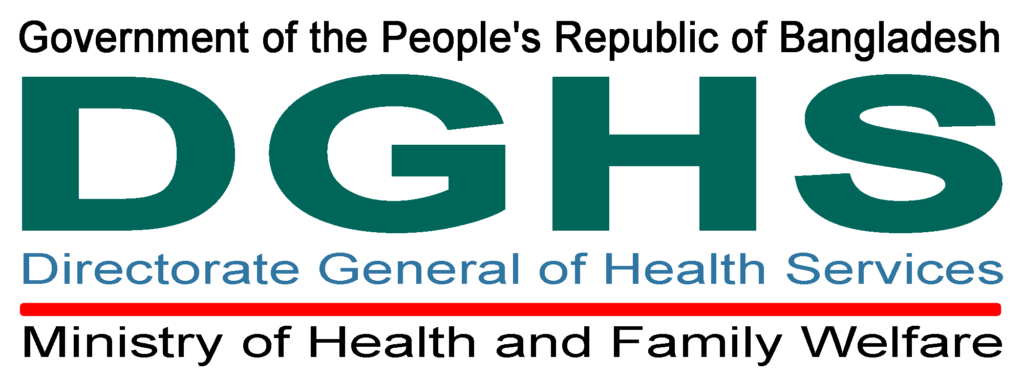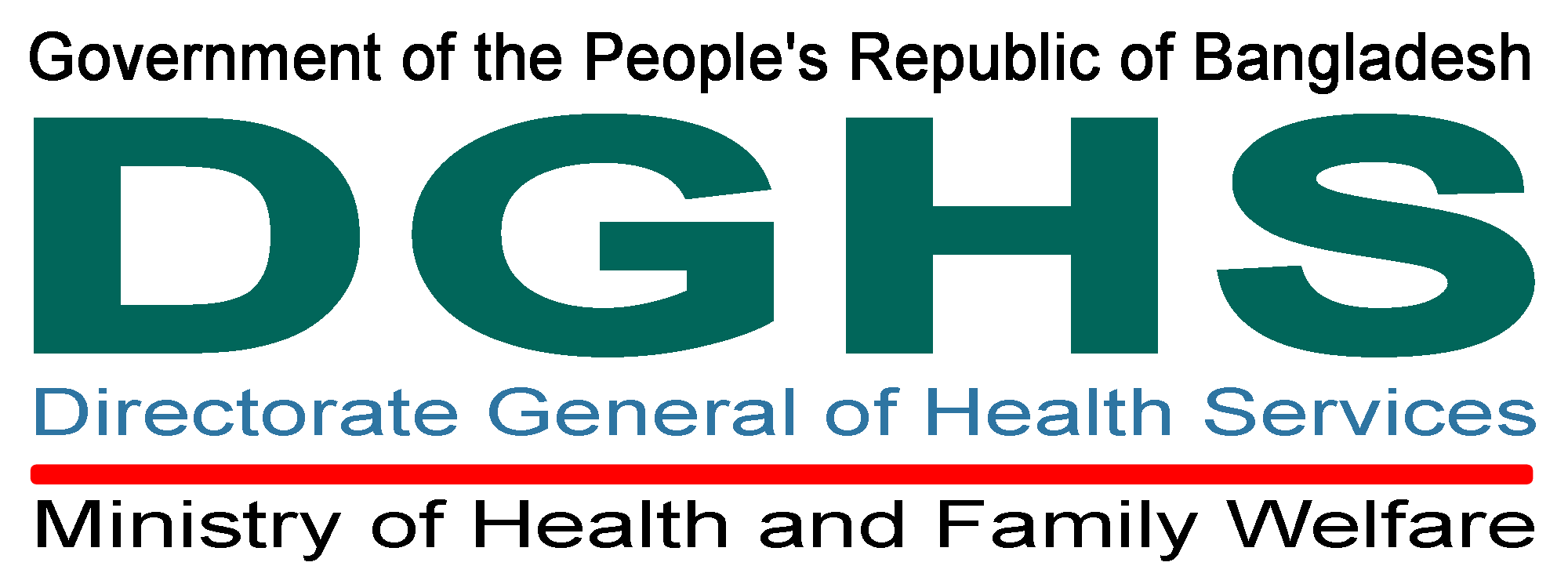Looking for help?
Setup & configure Terminology Server
Once you have deployed the Terminology Server/Registry (TR), there are few things you have to do manually.
- Setup – access http://<hostname>/openmrs which will take you through the initial setup. Follow the “advanced options” steps. Note, that in vagrant setup, TR is hosted at http://<ipaddress>:9080/openmrs
- Installation wizard: step 1
- choose “yes” for “Do you currently have an OpenMRS database installed …. ?” enter database name “terminologies”.
- Installation wizard: step 2
- choose “yes” for “Do you need OpenMRS to automatically create the tables … ?“
- choose “no” for “Do you want to also add demo data to your database…. ?“
- choose “Yes” for “Do you currently have a database user other than root …. ?“. By default, a username “terminologies” would be already filled in for the username.
- Alternatively, you may create a different user with read/write permission to the “terminologies” database from mysql command prompt.
- Installation wizard: step 3
- Do you want updates to the database to be automatically applied on startup when a new web application is deployed? – YES
- Installation wizard: step 4
- choose a password for “admin” user. note this down.
- Installation wizard: skip step 5, optionally fill in details
- review installation instructions and proceed. The wizard should “create openmrs tables”, “Add OpenMRS core data” and “Update the database” before redirecting you to the login page.
Troubleshooting
In some cases, we have seen OpenMRS throwing up error while upgrading and applying additional changes post installation step, in the “The following database updates are required:” screen. A restart of the service service solves the problem, provided in the step 3 of the installation, you mentioned to automatically apply changes on startup.
- Installation wizard: step 1
- Additional setup for TR to broadcast information to HIE systems. Not needed if you have deployed using ansible or vagrant or using the Go server, then all these are automated already.
- You have to deploy 3 additional ‘OpenMRS’ modules to get TR serving APIs for other systems
- webservices-rest-2.12.omod. You can download the omod from here
- openmrs-atomfeed-2.5.0.omod. You can download the jar from here and rename the extension to “.omod”
- freeshr-terminology-feed-1.0.omod. This can be downloaded from sharedhealth Go server.
- These 3 omods need to be placed in OpenMRS “modules” directory of the TR installation.
- Restart TR server.
- Verify that the modules are loaded properly by going to menu->administration->modules.
- You have to deploy 3 additional ‘OpenMRS’ modules to get TR serving APIs for other systems
- Configuration
- Go to menu->administration->settings->Webservices. Enter the “Rest Uri Prefix” value as you want them to be exposed. example: http://tr.sharedhealth.org/openmrs
- Go to menu->administration->schedulers. Reset “OpenMRS event publisher task” to run at 2 minutes interval (default is 2 sec!). This is the scheduler that publishes the events of any terminology modifications.
- Although the TR information is meant to be public, administration and API accesses should be limited. Hence you should create a public user account which you can share with others. To do this
- Go to menu->administration->manage users and create a user with username/password. example: trapiuser/Trapiuser123.
- Note, this is the default credentials with which development versions of SHR connect to TR.
- assign the above user the role “TR API CONSUMER”. This role has very restricted access but allows API Clients to access relevant data.
- TR API CONSUMER role should be configured with the following permissions
- View Concept Classes
- View Concept Datatypes
- View Concept Sources
- Get Concept Reference Terms
- View Concepts
- Get Concepts
- View RESTWS
- Go to menu->administration->manage users and create a user with username/password. example: trapiuser/Trapiuser123.
- Setup languages
- Go to menu->administration->settings>locale. Set list of languages in ‘allowd list’ to en,bn
- If you want to search by another language, you need to setup your profile preferences. You can do this my clicking “My Profile” link in the top right. Change ‘Default Locale’ to ‘English (US)’ and change prefererred locale to ‘bn’ or so.
- Create the following privileges in OpenMRS.
-
Add Concepts
-
Edit Concepts
-
Delete Concepts
-
- Create a role TR_ADMIN with the below privileges
- Add Concept Proposals
- Add Concepts
- Add People
- Add Users
- Delete Concept Proposals
- Delete Concepts
- Delete People
- Delete Users
- Edit Concept Proposals
- Edit Concepts
- Edit People
- Edit User Passwords
- Edit Users
- Form Entry
- Get Concept Classes
- Get Concept Datatypes
- Get Concept Map Types
- Get Concept Proposals
- Get Concept Reference Terms
- Get Concept Sources
- Get Concepts
- Manage Alerts
- Manage Concept Classes
- Manage Concept Datatypes
- Manage Concept Map Types
- Manage Concept Name tags
- Manage Concept Reference Terms
- Manage Concept Sources
- Manage Concept Stop Words
- Manage Concepts
- Manage HL7 Messages
- Manage Implementation Id
- View Administration Functions
- View Concept Classes
- View Concept Datatypes
- View Concept Proposals
- View Concept Sources
- View Concepts
- View Forms
- View Navigation Menu
- View Observations
- View People
- View Privileges
- View Problems
- View RESTWS
- View Roles
- View Users
- Manual steps to add concepts –
- Concept drugs corresponding to concepts (of class drug) needs to be set up.
- Valueset for Dosage forms (medication form) needs to be set up. (Create few forms first – Syrup, Tablet, Pill, Powder etc. Class is Misc, datatype is N/A. Now create a concept with class – valueset and dataype – Coded and add the forms as answers to it).
- Add answers manually for PNC Number (First, second, Third, four or more).
- Add answers manually for “Delivered by” (Doctor, Nurse, Midwife, FWA, FWV, HA, CHCP, CSBA, Others)
- Add answers manually to “Urine albumin” & “Urine sugar” (positive and negative)
- List of valuesets to be created in TR –
- Units of time
- Quantity units
- Route of administration
- Immunization reason
- No Immunization reason
- Relationship type
- Encounter type
- Medication form



